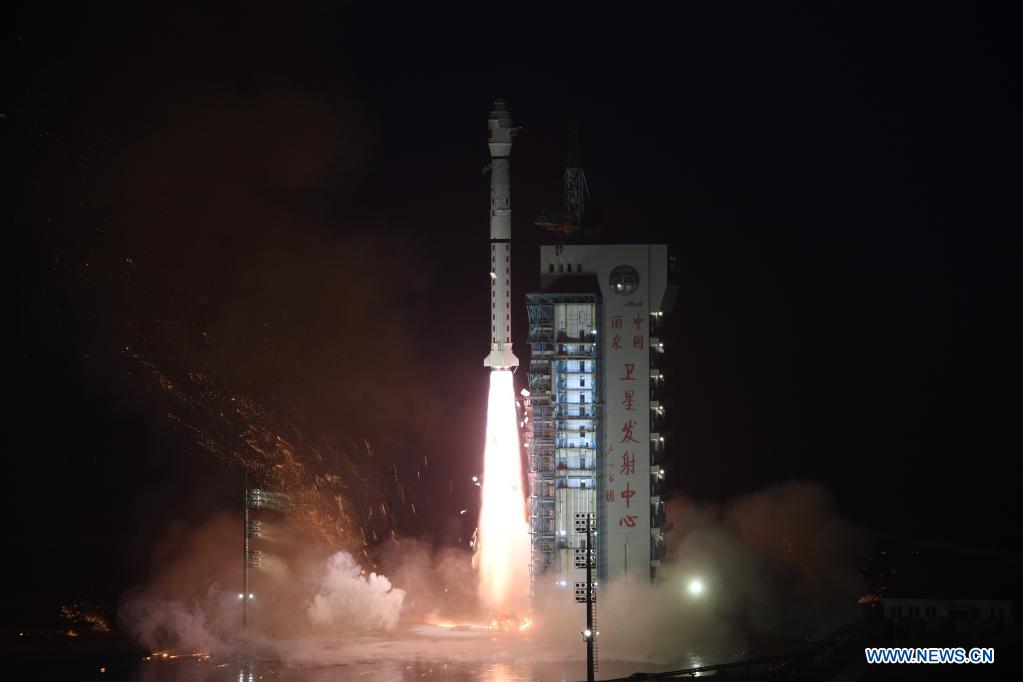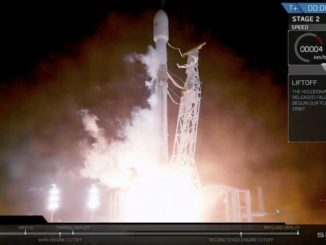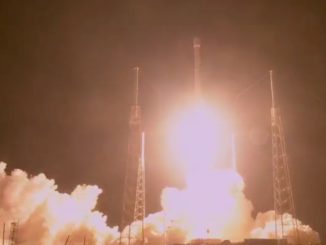
An Earth observation satellite China says will assist in land surveys, urban planning, and agriculture monitoring successfully launched Tuesday on a Chinese Long March 4C rocket.
The spacecraft is the second Gaofen 12-type Earth-imaging satellite launched by China. Chinese officials say the Gaofen satellites are part of the China High-Resolution Earth Observation System, or CHEOS.
China says the CHEOS satellite fleet is a civilian-operated program comprising optical and radar imaging spacecraft. Chinese authorities have published high-resolution imagery taken by previous Gaofen satellites, suggesting there is a civilian component to their missions. Other satellites, like the Yaogan series, are for primarily military purposes.
The Gaofen 12-02 satellite took off from the Jiuquan launch base in northwestern China at 2245 GMT (6:45 p.m. EDT) Tuesday on a Long March 4C rocket. The three-stage rocket deployed its payload into a polar orbit around 370 miles (600 kilometers) above Earth at an inclination of 97.8 degrees to the equator, according to U.S. military tracking data.
The launch was a “complete success,” according to China Aerospace Science and Technology Corp., or CASC, China’s largest government-run aerospace contractor. Liftoff occurred at 6:45 a.m. Beijing time Wednesday.
The only notice of the launch ahead of time was the usual publication of airspace warning notices associated with downrange booster drop zones.
In a post-launch statement, CASC said the Gaofen 12-02 satellite will be used for land surveys, urban planning, road network design, crop yield estimation, and disaster prevention and mitigation.
The CHEOS satellite fleet includes spacecraft with optical and radar imaging instruments. It is not clear whether the Gaofen 12-02 satellite is designed for optical or radar observations.
The first Gaofen 12-type satellite launched on a Long March 4C rocket in November 2019. The Long March 4C rocket can carry a payload of up to 6,600 pounds (3 metric tons) to a 435-mile-high (700-kilometer) polar sun-synchronous orbit, according to CASC.
The Long March 4C launch Tuesday marked China’s eighth orbital launch attempt this year. Seven of the missions have been successful.
Email the author.
Follow Stephen Clark on Twitter: @StephenClark1.



